1、 Curing method
1. Temperature: the most suitable temperature range is 22 to 30 degrees. However, if it is in the flowering and fruiting stage, the temperature should be slightly lower, and it is more appropriate to be 15 to 20 degrees. It doesn't work in a stuffy environment. It needs more ventilation
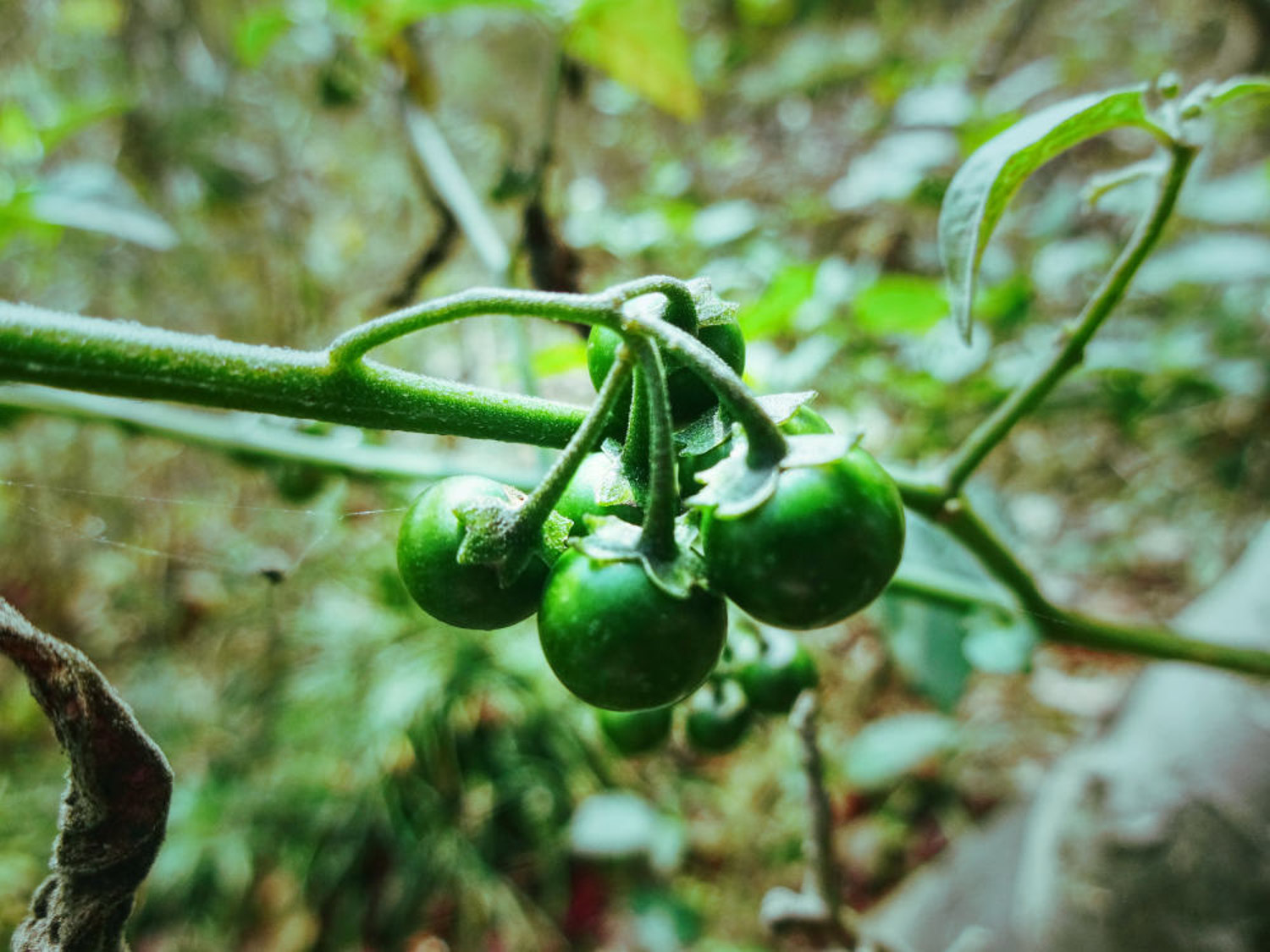
2. Light: Solanum nigrum likes light, but it also has a certain resistance to negative, but it can't be in a very dark place for a long time. During flowering and other growing seasons, good sunshine is indispensable, otherwise it will affect its flowering and fruit. Too strong direct light needs to be shielded

3. Watering: Solanum nigrum has high requirements for water, because it is afraid of waterlogging and can not be dry for a long time. Therefore, the requirement for us to water is an appropriate amount, not excessive, nor long-term water shortage. In winter, it is necessary to control water, especially when it is very cold
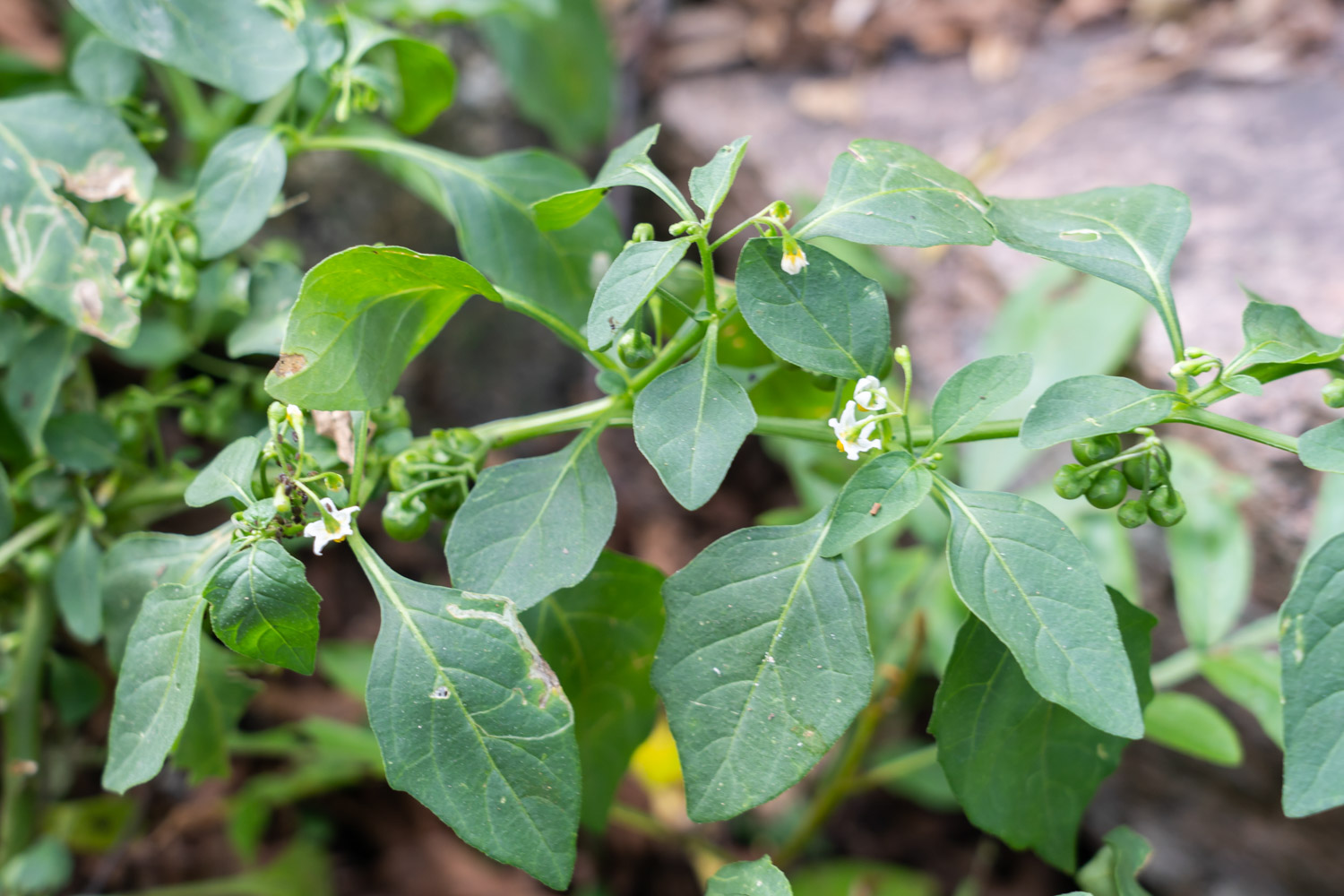
4. Fertilization: Solanum nigrum is generally planted in a large area. Apply fertilizer once a week or ten days, mostly foliar fertilizer. In addition, additional fertilization is required after harvest
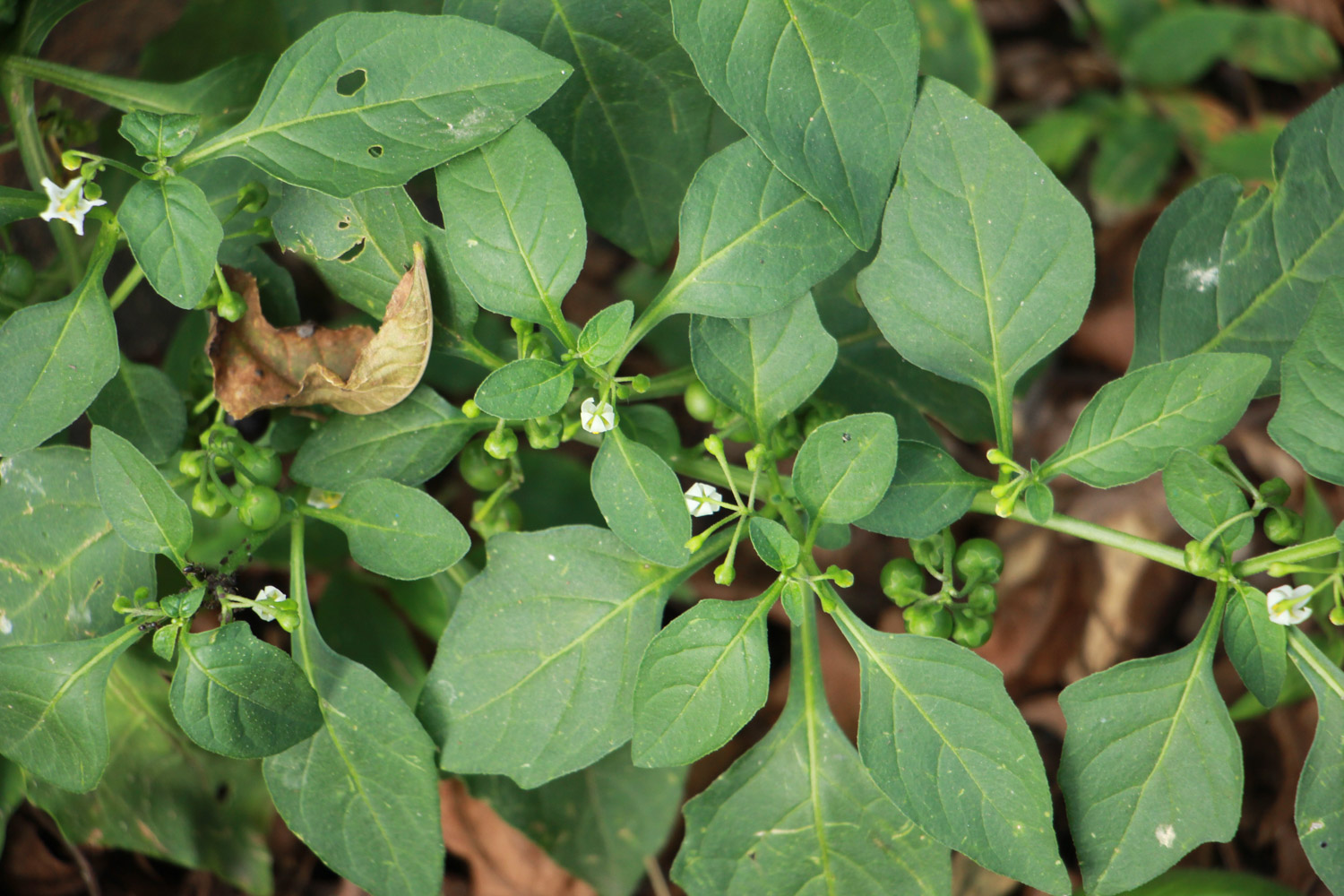
2、 Breeding skills
1. Reproduction: sowing method can be used, generally large-area reproduction. Because its seeds are very small, it is not necessary to directly sow the seeds, but first insert the seeds into the fine sand, mix them evenly, and then sow them one by one. After that, it needs to be poured thoroughly, and then keep the matrix wet all the time. After about five to seven days, the seedlings will probably emerge
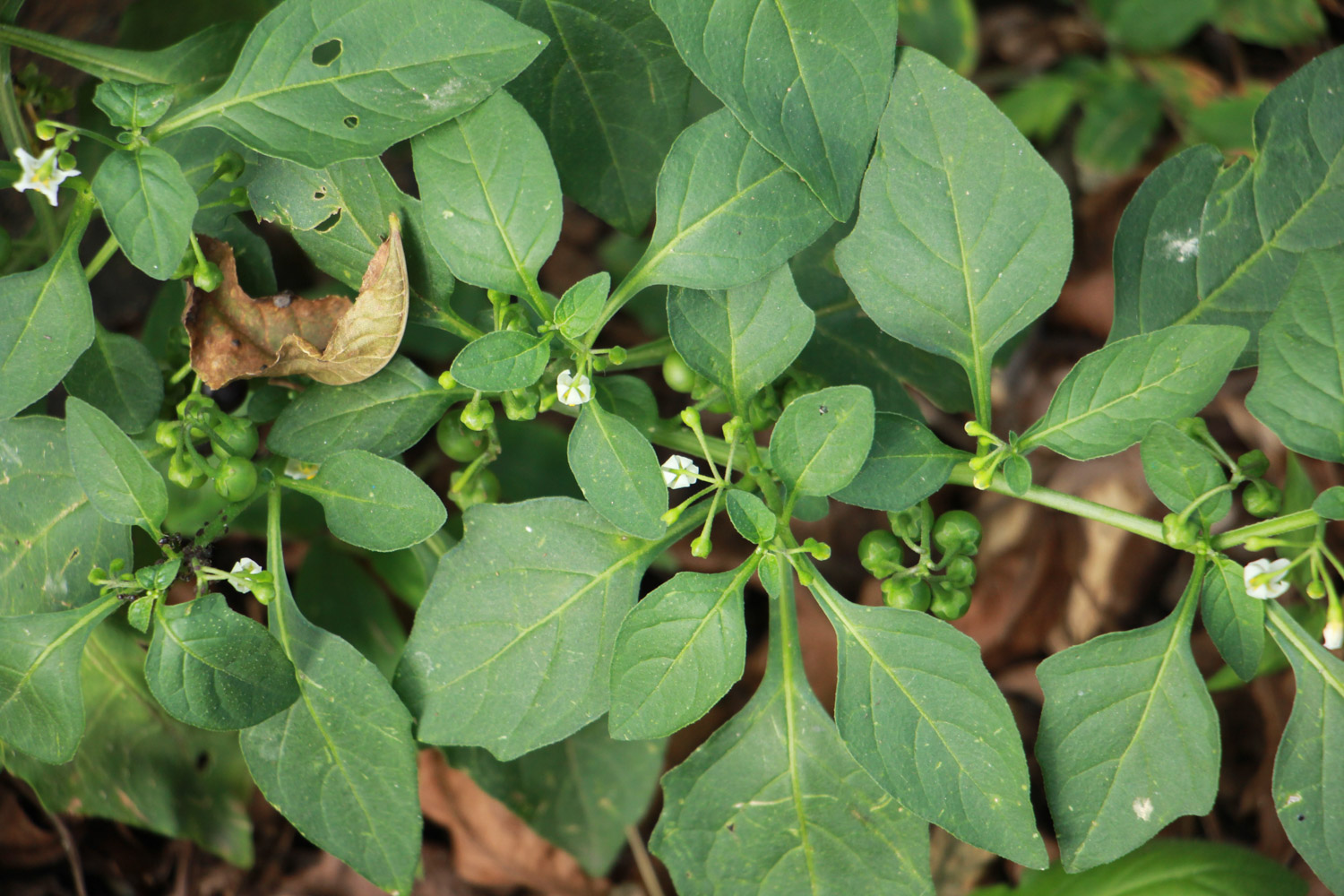
2. Pruning: first, when the plant grows to eight to ten knots, you can pick the heart and promote branches, and then the amount of fruit will be relatively large. When the lateral buds grow to 20 cm, they also need to be trimmed, leaving only two or three nodes of about 5 cm. In addition, the dry and aging leaves must be removed in time
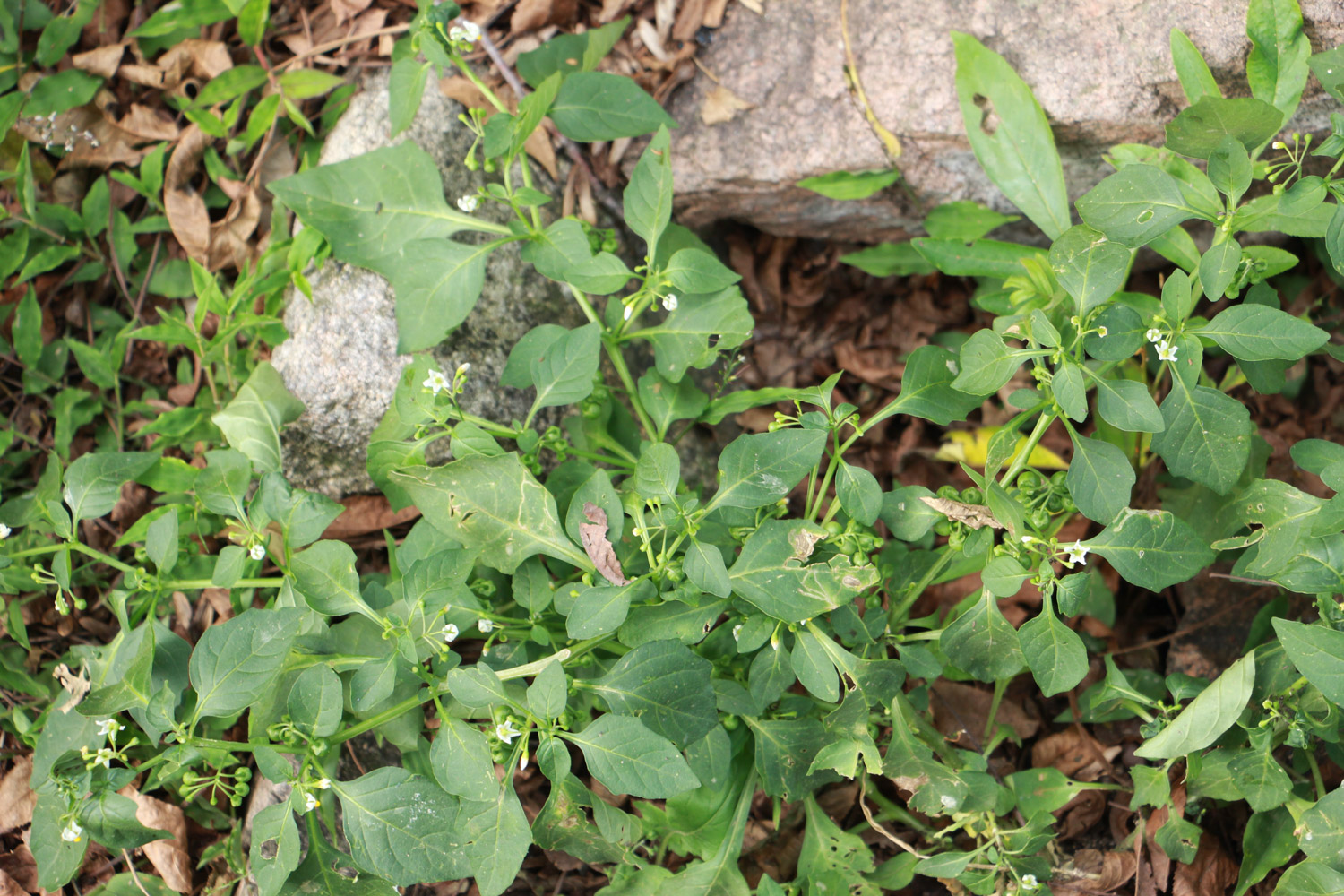
3、 Diagnosis and treatment problems
1. Disease: usually the probability of disease is not too high, but it's best to pay a little attention. Too much watering will lead to "root rot", and the water shall be controlled at the same time
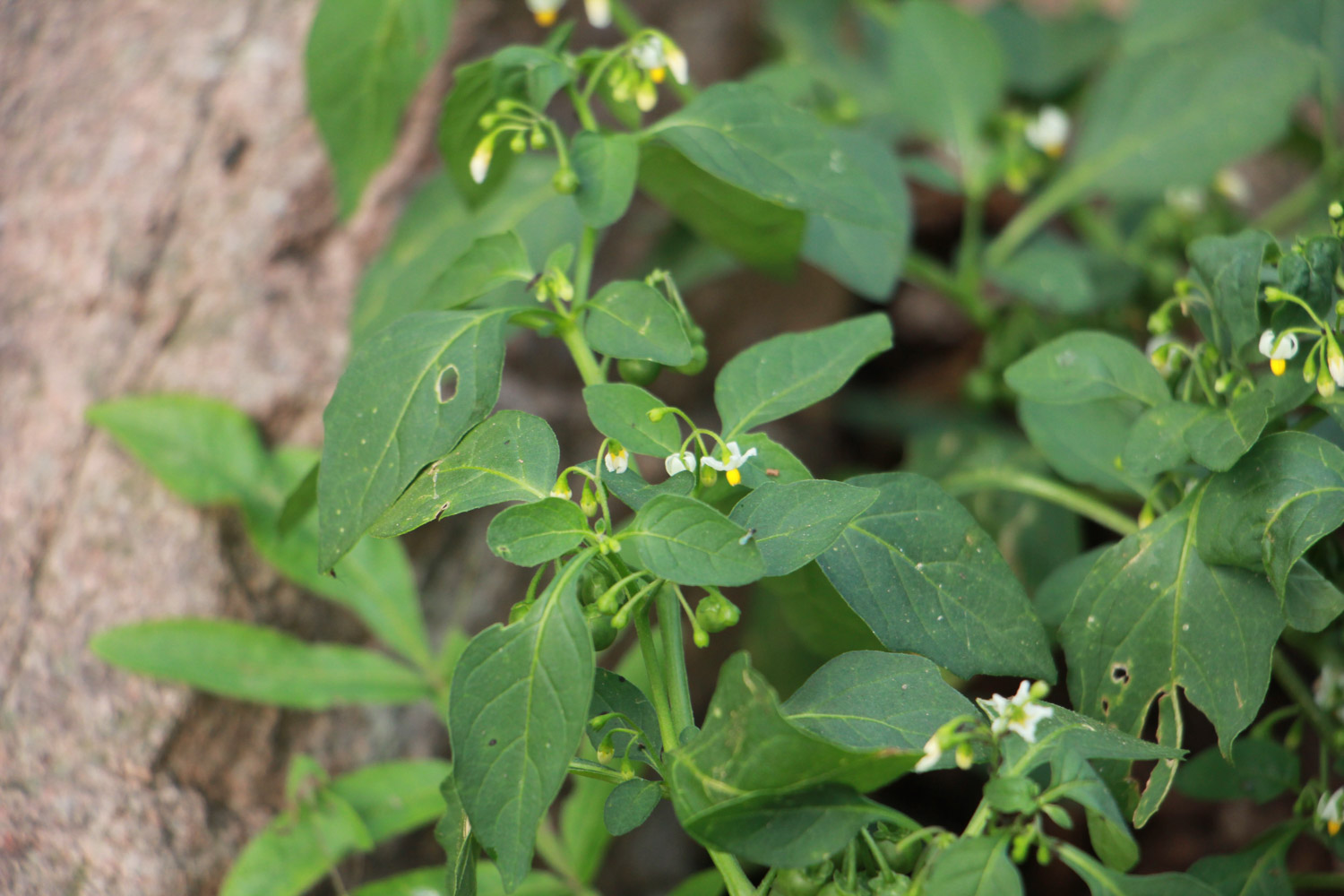
2. Insect pests: not too many. Occasionally, there are "scale insects", which are familiar to us. We can kill them quickly
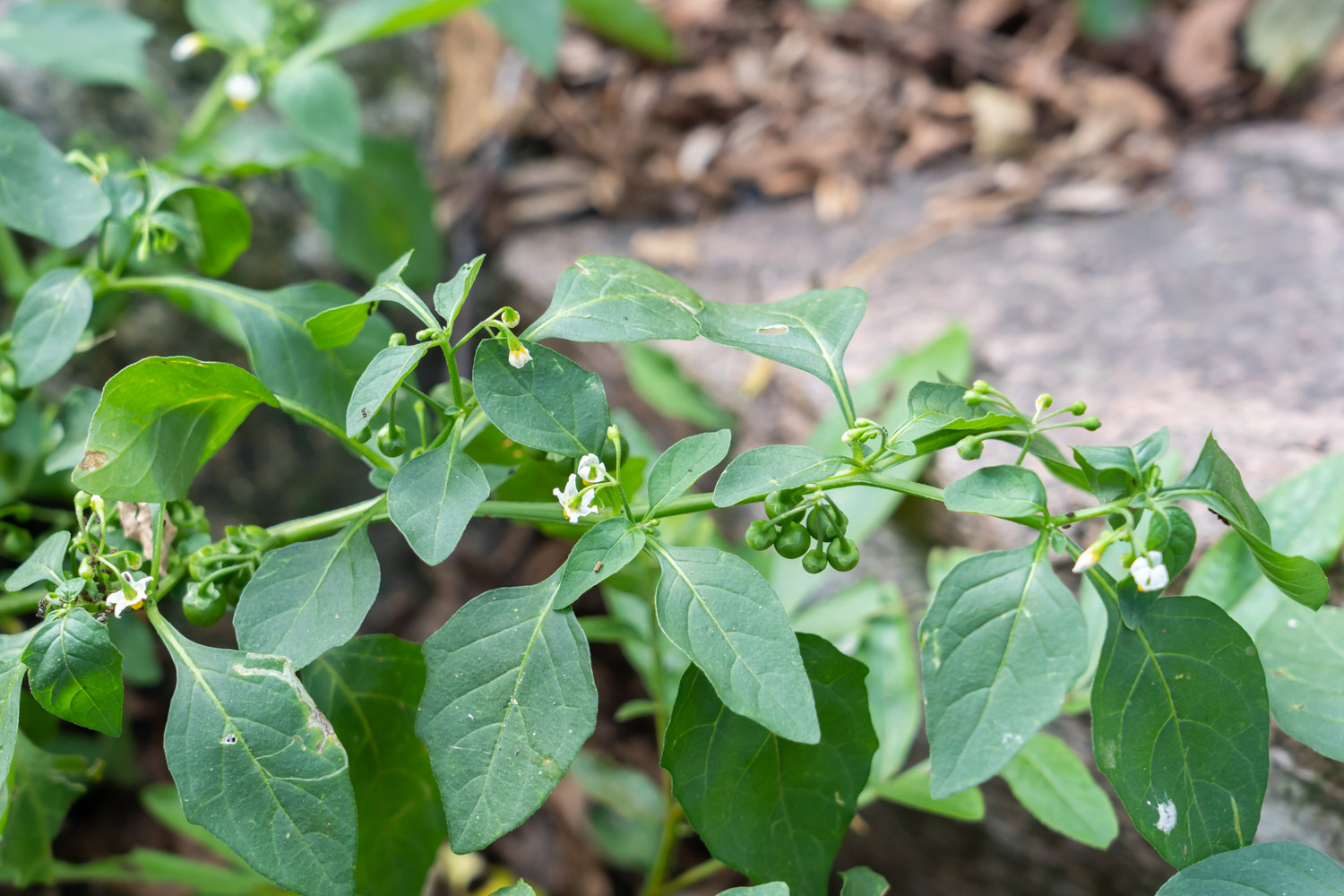
4、 Other issues
1. Toxicity: it is toxic. Its juice contains a substance called "solanine", which is toxic

2. Whether it can be raised at home: generally not, it is poisonous and not an ornamental plant
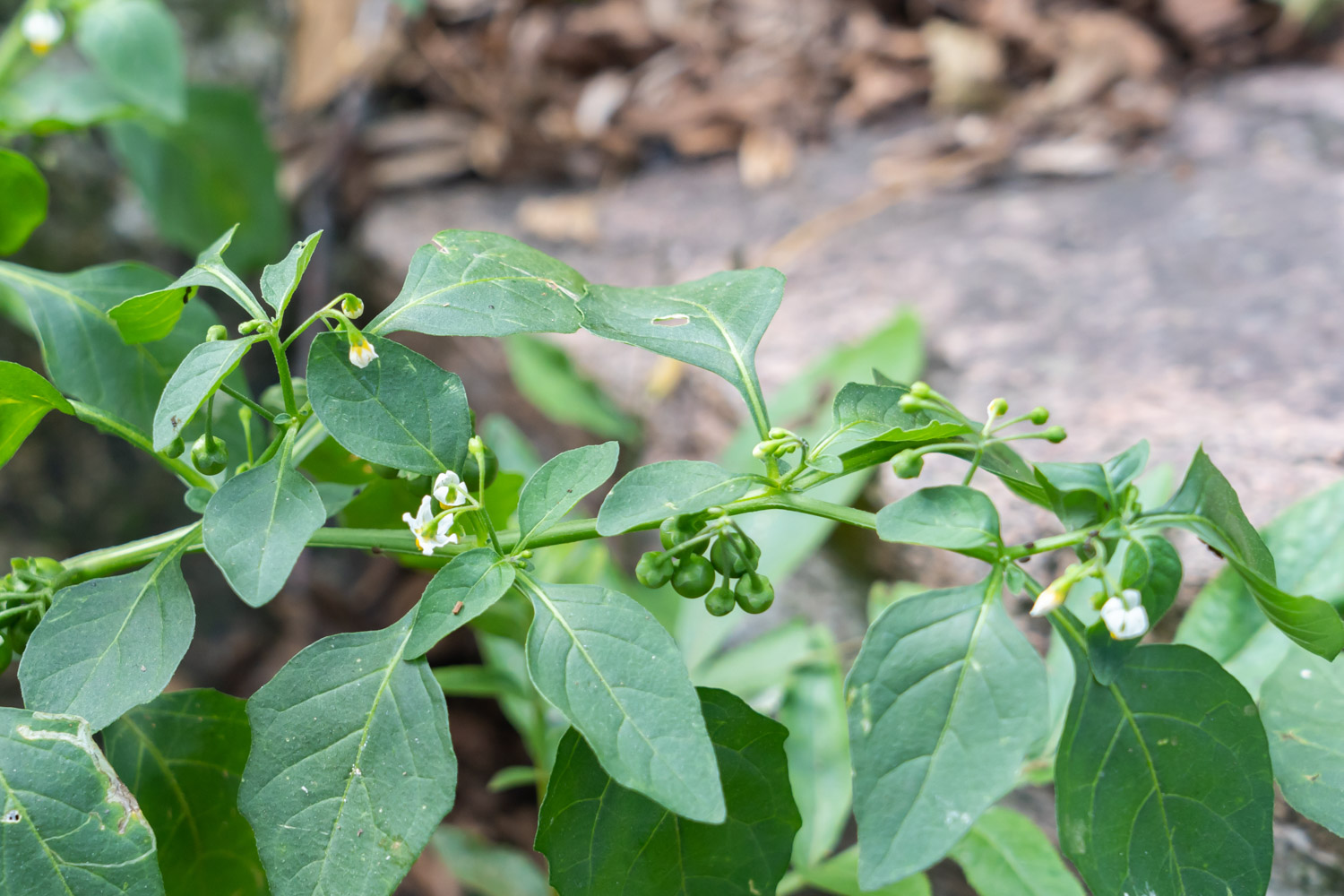

 jackfruit
jackfruit snake plant
snake plant hibiscus
hibiscus hydrangea
hydrangea lavender
lavender Green roses climb al...
Green roses climb al... If you don't pay att...
If you don't pay att... Management of four g...
Management of four g...

































